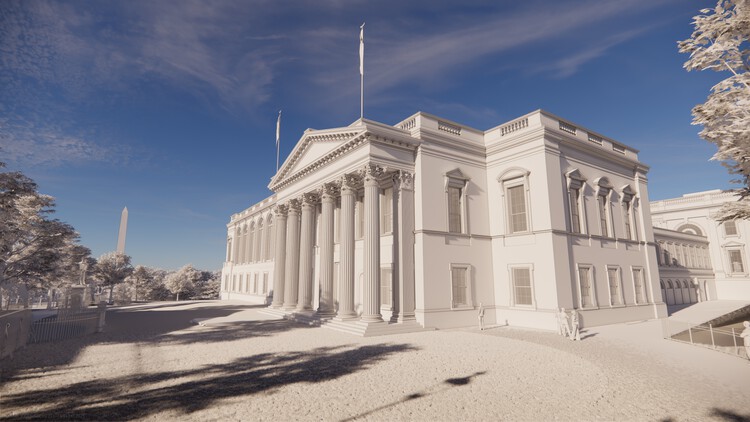The White House ballroom is more than a room. It is a symbol of America’s history, culture, and diplomacy. This space has hosted countless events, from state dinners to ceremonial gatherings. Each event reinforces the importance of tradition in U.S. governance.
Over the years, presidents have used the ballroom to welcome world leaders, honor heroes, and celebrate milestones. The room reflects the nation’s values and history. Its architecture, décor, and layout create an atmosphere of dignity. Guests feel the weight of the room’s legacy the moment they enter.
Diplomatic meetings in the ballroom often set the tone for international relations. Leaders discuss policies, agreements, and partnerships in a formal yet welcoming setting. The environment encourages respect and dialogue, which is crucial in high-stakes diplomacy. The ballroom’s design and history remind visitors that they are part of a long line of global conversations.
The ballroom is also central to domestic events. From award ceremonies to charity galas, it offers a space that combines elegance with tradition. Families, veterans, and public figures experience the same sense of history that world leaders do. The room is a bridge between the government and the people, connecting policy with public life.
Its preservation is essential. Renovations and updates must respect the original design. Each detail, from chandeliers to moldings, tells a story of past administrations. Maintaining the ballroom ensures that future generations can witness these stories firsthand. Preservation is not only about maintaining aesthetics but also about honoring national memory.
Security and accessibility are also important. While the ballroom must protect its guests, it should remain a welcoming space. Advances in technology help achieve this balance. Modern security systems operate discreetly, ensuring safety without compromising the room’s historical integrity. Accessibility efforts ensure that everyone can experience the ballroom, reflecting the nation’s commitment to inclusivity.
The White House ballroom also plays a role in shaping public perception. Media coverage of events held here emphasizes the importance of ceremony and diplomacy. Images of dignitaries, award recipients, or cultural celebrations create a shared national memory. The ballroom becomes a stage where American values are expressed visually and symbolically.
Critics may see the room as merely decorative. Yet its function goes far beyond aesthetics. It is a living space for diplomacy, culture, and governance. Each event held here carries significance, impacting both domestic and international audiences. Understanding the ballroom’s role provides insight into the softer, ceremonial side of power.
Educational programs often highlight the ballroom for its history and symbolism. Students and visitors learn how architecture, art, and ceremony influence governance. These programs inspire respect for civic traditions and encourage interest in public service. The ballroom serves as a classroom for national history.
In a rapidly changing world, maintaining traditions like the White House ballroom is vital. It reminds Americans that some spaces hold enduring value. Diplomacy, celebration, and remembrance all find a home here. By protecting and using the ballroom thoughtfully, the nation honors both its past and its future.
The White House ballroom stands as a testament to the United States’ history, culture, and diplomacy. Its significance extends beyond its walls. Every chandelier, carpet, and painting contributes to the story of the nation. Preserving this space ensures that America’s legacy continues to inspire all who enter.


